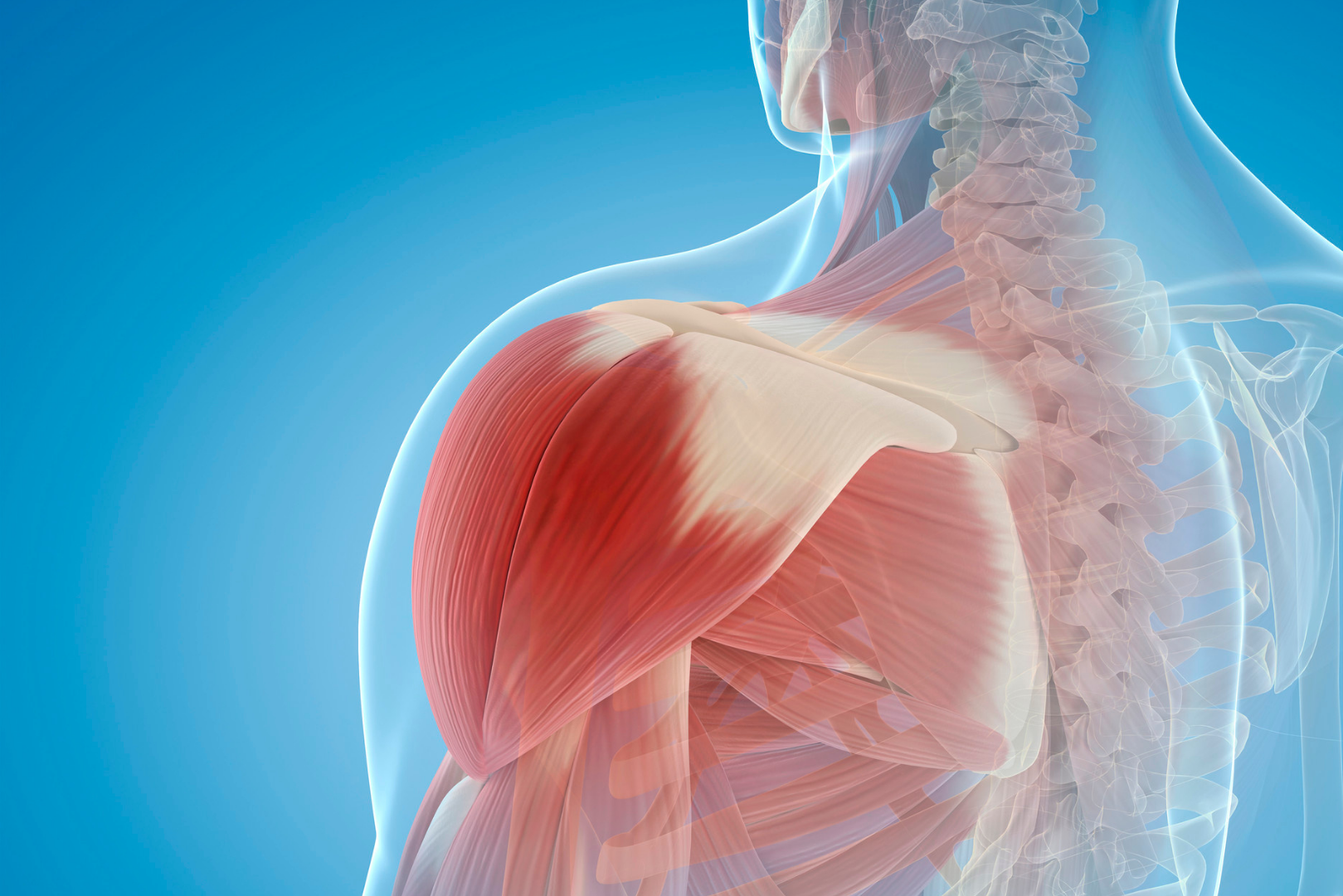The things inside us that let us move are, believe it or not, still not fully understood; much like the rest of the human body, our muscles are an integral part of our daily function. Likewise, these muscles are also comprised of several complicated parts that operate in sync to grant us the movement we need.
It’s partly due to this complicated nature of body parts like muscles that make medical approaches to replacing them pretty difficult should a patient need one. There already are methods out there that are far more nonintrusive than others, and simply involve assisting the patient—or whoever it is that may need it, like workers who carry heavy loads—with an external structure like a powered exoskeleton. This time around, however, scientists decided to take a second look at artificial muscles.
In particular, scientists from the University of Freiburg (UF) managed to create their own take on artificial muscles; what they did to innovate, however, is making heads turn if only for the mere fact that they managed to make them out of proteins that would otherwise be found in the body anyway. The results from their unique study were published in the journal Advanced Intelligent Systems.
“Regular” artificial muscles are commonly made out of plastics like nylon and rubber, as these possess both load-bearing and flexible characteristics that make them a prime choice for material for robots or powered exoskeletons. Placing them inside human bodies to supplant actual muscles, however, requires an entirely different approach.
That’s precisely what UF researchers did with their novel “bio-based” artificial muscle prototype, whose main body is composed of a material called elastin. According to New Atlas, elastin is a natural protein that imparts elasticity to body tissues like skin and blood vessels.
“Since it is derived from the naturally occurring protein elastin and is produced by us through biotechnological means, our material is marked by a high sustainability that is also relevant for technical application.”
Dr. Stefan Schiller, commenting on the quality of their novel elastin-based artificial muscle
The UF research team’s approach to the artificial muscle involves combining alternating layers of elastin with different properties. The two variations of elastin in question were modified to allow them to respond to “fluctuations in temperature and acidity.” Combining the two in alternating layers gave them an artificial muscle whose flexion can be directed by either one stimulus or the other.
In the end, they managed to create a muscle that’s powered by sodium sulfite (Na2SO3). The muscle contracts back and forth according to changes in solution pH, and either starts or shuts off based on temperature. This makes the muscle “fairly programmable” in a way that can be directed by selecting specific stimuli.
Corresponding author Dr. Stefan Schiller, from UF, comments on their concept: “Since it is derived from the naturally occurring protein elastin and is produced by us through biotechnological means, our material is marked by a high sustainability that is also relevant for technical application. In the future, the material could be developed further to respond to other stimuli, such as the salt concentration in the environment, and to consume other energy sources, such as malate derived from biomass.”
Considering that the research team’s choice of material made it biocompatible, the team hopes that their novel concept matt someday be matched to specific tissues, where it can then be utilized for areas like body implants. This is, of course, aside from possible future use in soft robotics and prosthetics.
References
- Artificial Muscles Made of Proteins. (2022, January 28). Office of University and Science Communications; Albert-Ludwigs-Universität Freiburg. https://www.pr.uni-freiburg.de/pm-en/press-releases-2022/artificial-muscles-made-of-proteins
- Huber, M. C., Jonas, U., & Schiller, S. M. (2022). An autonomous chemically fueled artificial protein muscle. Advanced Intelligent Systems, 2100189. https://doi.org/10.1002/aisy.202100189
- Irving, M. (2022, February 1). Artificial muscles made of human proteins make for better implants. New Atlas. https://newatlas.com/robotics/artificial-muscles-human-proteins/











